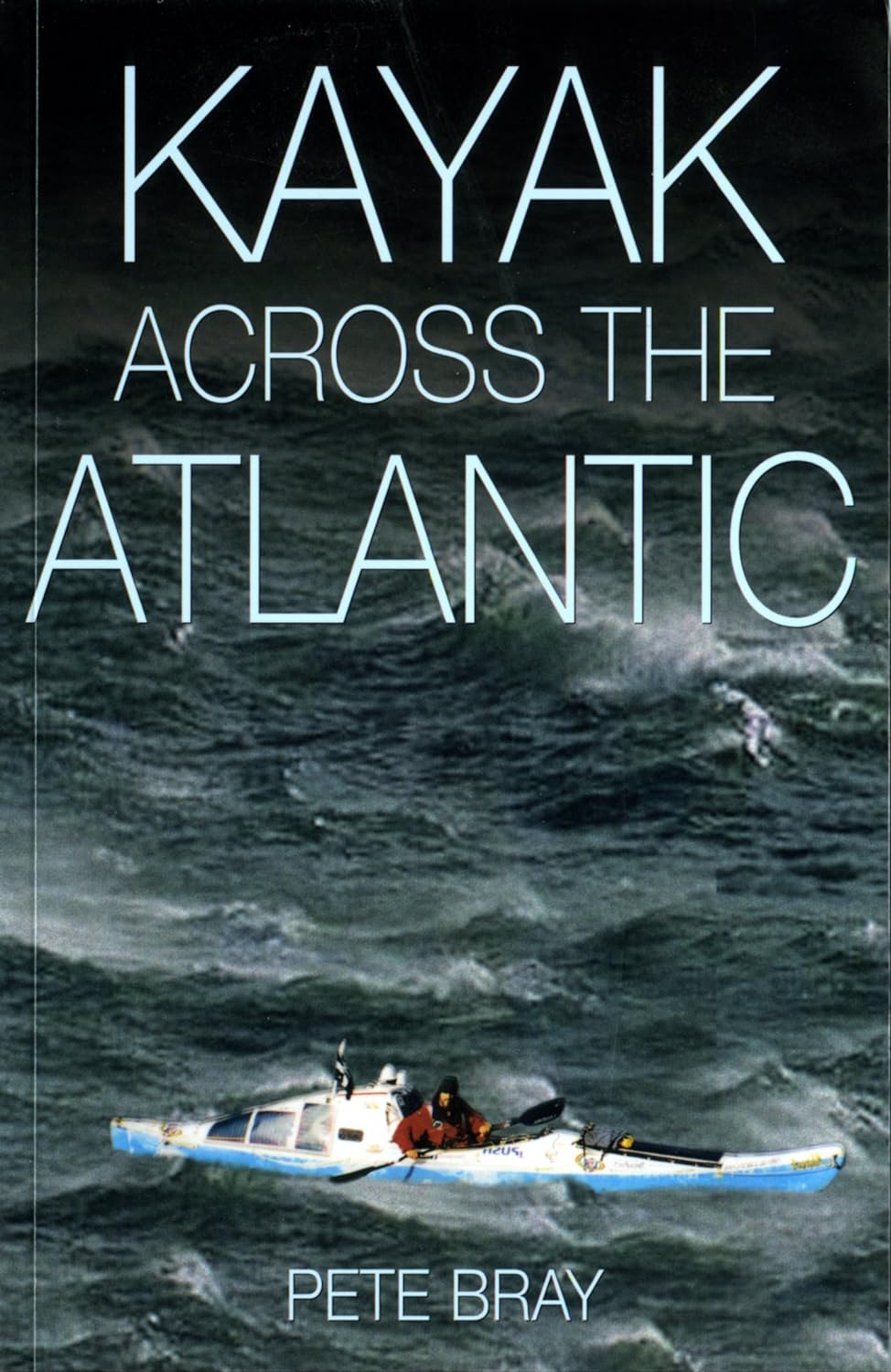
Bray Peter (w1738)
- Alias-Pseudonimo-Pseudonyme: -
- Nationality-Nazionalità-Nationalité: -
- Birth/death-Nascita/morte-Naissance/mort: -
- Means of transport-Mezzo di trasporto-Moyen de transport: Canoa, Kayak
- Geographical description-Riferimento geografico-Référence géographique: Atlantic Ocean, Atlantico, Atlantique
- Internet: Visit Website
- Wikidata: Visit Website
- Additional references-Riferimenti complementari-Références complémentaires: Peter Bray, Kayak Across The Atlantic, Polperro Heritage Press, 2014.
Visite: 11796

 Italiano
Italiano  Français
Français  Deutsch
Deutsch  English
English 